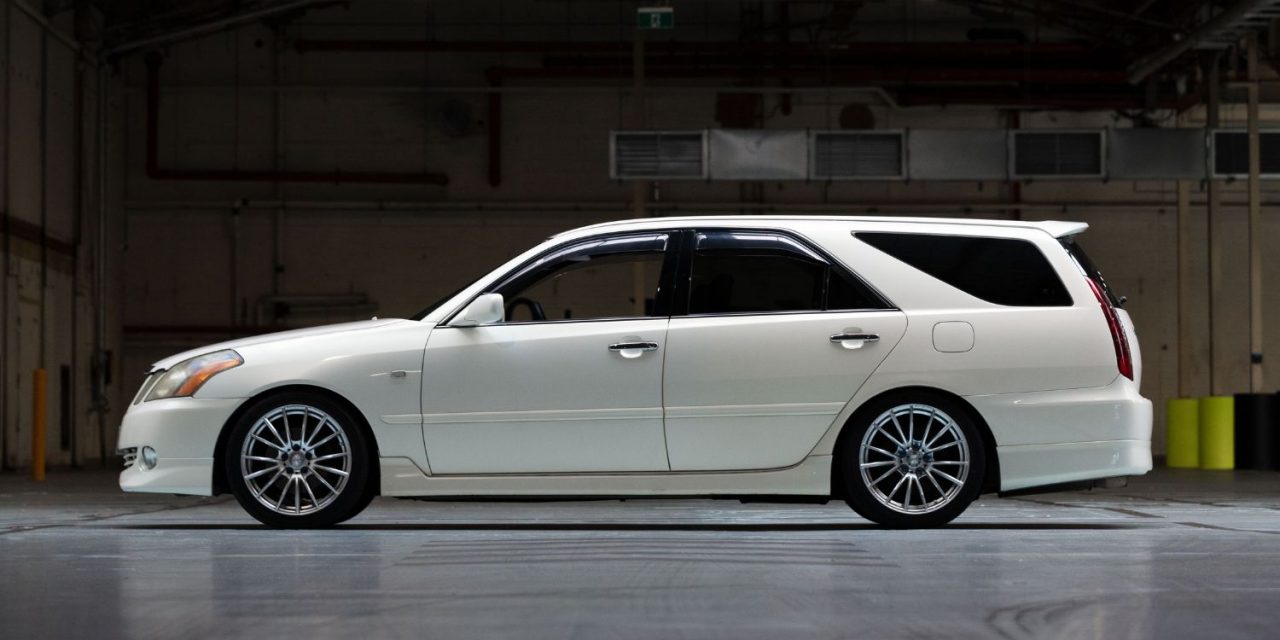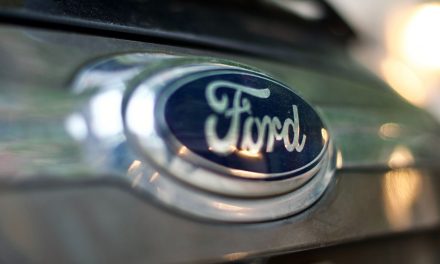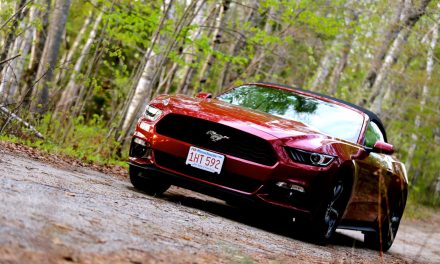The 2JZ engine is legendary in the car scene, not only because it showed up in the Toyota Supra, but also because it is the perfect platform to swap into tons of different projects (much like the LS engine), however, you can’t buy these engines new, so if you are looking to add this engine to your project, you probably would like to know what used vehicles you should be keeping an eye out for.
Below are the two vehicles sold within the USA market that offered the 2JZ, however we will discuss a comprehensive list of vehicles worldwide that offer this power-plant under the hood as well.
Toyota Supra A80 (4th Generation) | 1994 – 1998

You might be surprised to know that the now iconic A80 Toyota Supra was once a lesser known, and a bomb in the sales department. With the prices of the Supra quickly going in an upwards trajectory, fewer people wanting sports cars at the time, and the fact that there were a lot of competitors at the time (like the 300zx, Mitsubishi 3000GT VR-4, and over-seas the Nissan GT-R), people just didn’t see this generation Supra for what it was at the time.
This caused sales to linger, and with sports cars being an expensive product to produce, with a niche market, they decided to discontinue the car only 4 years after introducing the vehicle to the roads.
However, even though people didn’t want it at the 2JZ was sitting under the hood in the twin-turbo variant (also known as the 2JZ-GTE), and the non-turbo naturally-aspirated version (known as the 2JZ-GE). The Twin-Turbo 2JZ in this Supra is well known for being able to create well north of 1,000 horsepower when built correctly, and the NA 2JZ engine is incredibly reliable (but can be adapted to be a turbo version if needed).
Either way, the A80 Supra is what put the Supra name on the map as one of the best sports cars with a 2JZ engine.
Lexus SC 300 (1st Generation) | 1992 – 2000

If you don’t have the budget to buy a 4th Generation Supra, but wish you had a 2JZ, the Lexus SC 300 (also known as the Toyota Soarer elsewhere) is the option for you. While the vehicle was only produced with the naturally aspirated 2JZ-GE version of the engine, this luxury coupe was made for the perfect sleeper project car.
In 1992, the Lexus SC 300 was released as the lower-end version of the SC 400 that had a larger 4.0L V8 in it. While history has shown that the 2JZ has proven as the better platform, it was in fact for the base model of this vehicle at the time.
At 225 horsepower, this 2JZ had more horsepower than the Toyota Supra NA we talked about above (not the twin-turbo version) however with an extra 156 pounds from its luxury features over its Toyota brother, it needed it to keep up
- THE 16 CARS THAT HAVE A W16 ENGINE (HINT: IT IS ALL BUGATTI)
- THE 8 VEHICLES THAT HAVE HAD THE W12 ENGINE (PAST & PRESENT)
- 13 CAR BRANDS (AND THEIR CARS) WITH A V12 ENGINE: PLUS OUR FAVORITES
What other Toyota vehicles have the 2JZ?

Toyota only used the 2JZ in the Toyota Supra for the American market, however, they did use it in quite a few other applications outside of the states.
| Vehicle | Years Available | Engine Variant |
|---|---|---|
| Toyota Altezza | 2000 – 2003 | 2JZ-GE |
| Toyota Aristo | 1991 – 1997 | 2JZ-GE, 2JZ-GTE |
| Toyota Chaser | 1992 – 2001 | 2JZ-GE |
| Toyota Cresta | 1992 – 1996 | 2JZ-GE |
| Toyota Crown | 1991 – 1999 | 2JZ-GE |
| Toyota Mark II | 1992 – 1996 | 2JZ-GE |
| Toyota Progrès | 2001 – 2007 | 2JZ-GE, 2JZ-FSE |
What other Lexus vehicles have the 2JZ?
Lexus, being the luxury division, also had a chance to utilize the 2JZ platform in the vehicle, like the SC 300 we talked about earlier in the article. Here are the remaining vehicles in their portfolio that offered this inline-six engine.
| Vehicle | Years Available | Engine Variant |
|---|---|---|
| Lexus GS300 | 1993 – 1997 | 2JZ-GE, 2JZ-GTE |
| Lexus IS300 | 2000 – 2003 | 2JZ-GE |
Why do people like the 2JZ engine so much?
The 2JZ engine is a workhorse that was designed for reliability and power. It’s often praised for its ability to handle high levels of boost, and many people enjoy the fact that it’s a relatively simple engine to work on.
In addition, the 2JZ has a wide variety of aftermarket parts available, making it easy to build up horsepower. For all these reasons, the 2JZ has become a popular choice for tuners and drag racers alike. Whether you’re looking for raw power or simply reliable transportation, the 2JZ is an excellent engine option.
Even with all of these performance advantages, I would say the biggest reason you would want a 2JZ, is simply, to say you have a 2JZ under your project vehicle’s hood. Every car meet needs someone with a 2JZ (only slightly sarcastic).
- All 186 Vehicles With Ventilated Seats (Cooled & Air Conditioned Seats)
- Change Your Synthetic Oil Every 3,000 Miles: 6 Reasons Why
What is the difference between a 2JZ-GTE and 2JZ-GE?
The 2JZ-GTE is the Twin Turbocharged version of the 2JZ inline-six engine, while the 2JZ-GE is the Naturally Aspirated (NA) Version. The main difference, other than one having turbochargers and the other not, is that the 2JZ-GE has a less aggressive camshaft profile. This is because it was designed for reliability and not performance.
The 2JZ-GTE has an easier time making more power because it can handle more boost pressure from the turbochargers, however, the 2JZ-GE can still make a respectable amount of power with the right modifications.
To give you a good idea of the difference, the stock 2JZ-GTE in the Toyota Supra was rated at 276 horsepower and 318 lb-ft of torque, while the 2JZ-GE had 220 horsepower (56 less), and 210 lb-ft of torque (108 less).
There was also a lesser-known version of the 2JZ, labeled as the 2JZ-FSE. This was a tuned down version of the engine, used to meet emission regulations around the world.
Conclusion
The 2JZ (whether turbo-charged or not) is a fantastic engine for many different reasons, while Toyota has had to team up with BMW to give us another inline-six engine for the A90 Supra, the original is still our favorite.





